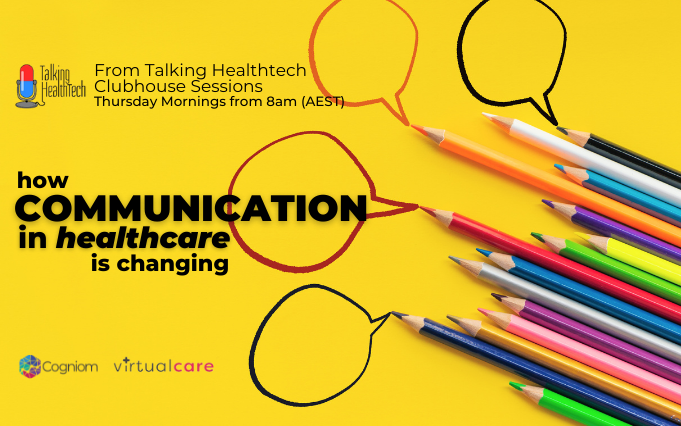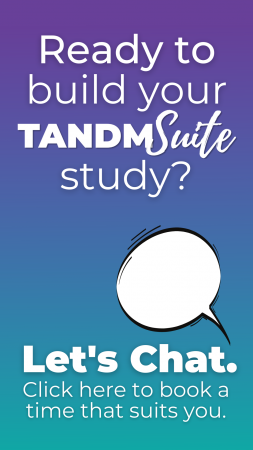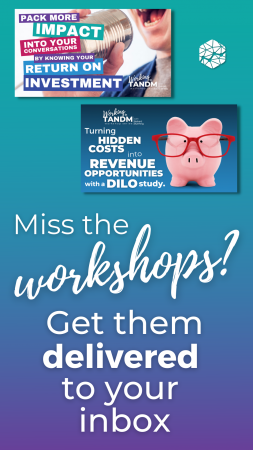From Clubhouse sessions with guest speakers:
Technology and innovation have provided us the opportunity to access information immediately and from anywhere. Whether we are scrolling social media, reading the news or googling an actors name to see what other movie you know them from provides a level of instant gratification that we now simply accept as normal.
That instant gratification of getting and sharing information is a habit that is beginning to be adopted in the healthcare space with new messaging tools becoming available within the industry.
Our clubhouse session from Thursday 18th November saw some incredible panellists come together to talk about Live Messaging and Comms in Healthcare.
While instant messaging tools within Healthcare are likened to Slack or Whatsapp, there is so much more benefit to be gained.
These platforms provide the ability to reach an entire care team and have the discussion recorded into systems as part of the official care advice. As Katja put it:
“.. It is unlikely you will get everyone in the care team that needs to speak to each other together at the same time. So here is a messaging tool that can serve a purpose and has a far higher value that let’s say a video conference.”
We hear many people in healthcare convinced that pagers and fax machines are still the ultimate tools when communicating in the industry when in fact a simple phone call can now be defined as a “disruptive medium” in these fast-paced environments.
Luke Fletcher noted in Radiology that many clinicians in this space are incentivised to complete their reports, and when you allow distractions or inefficient methods of collating information to remain within that workflow it becomes a very expensive exercise.
Steve shared some recent findings where front line workers are losing up to an hour of their day working with old methods of communication. After implementing a messaging platform, one Admitting Doctor noted they get “50 less phone calls per shift”.
The flow on effect from creating efficiency within workflows for frontline staff, are the revenue gains seen by management and CFOs.
When you look beyond the messaging capabilities of these innovative tools and understand the integration into legacy systems and patient care workflows, the efficiency and time saving benefits are astronomical. The need for triaging information and double handling conversations is significantly reduced, tasks can be assigned, and workflows can be easily streamlined, reducing the cost of wasted time and allowing clinicians to focus on patient care and (from a CFO point of view) revenue generating tasks.
Innovation doesn’t come without its challenges though and Katja raised some interesting points. Now that this data is easily being shared with care teams at a much faster rate, clinicians run the risk of being overwhelmed with too many notifications and losing context within the multitudes of messages being exchanged. The focus for the future likely needs to be around automation of workflows and ensuring the context of messages received is clear.
Steve too made some interesting points about the focus from health organisations when implementing new tools. Rather than trying to solve everything at once with the “perfect” solution, it is far more important to focus on incremental improvements each day and really listening to the feedback from the users.
Adopting the “Work as Imagined V Work as Done” concept is crucial here and rather than creating a solution you think works well, listening to how users are actually using it and how they need the tool to work for them is paramount to long term adoption.
A great point from the audience, George Margelis, is that communication and documentation probably take up 90% of a healthcare professional’s time and making sure the workflows around that are sustainable. From a CFO point of view this is especially poignant when you’re looking at reimbursement models.
He goes on to mention a crucial piece with this is regulatory obligations. Making sure there is proof, records linked back to the EMR and ensuring all information exchanged is secure.
Adoption of innovation in healthcare is notoriously slow and it usually comes down to the various stakeholders involved in the decision-making process. Benefit Realisation studies are invaluable ways to back up value propositions with data and can help to turn facility decision makers from tire kickers into implementers. Ensuring that value propositions are clear and specifically relate to each of the different stakeholder groups is a big step forward and a positive approach to selling innovation into healthcare. It is also probably time for those stakeholders to realign expectations and requirements to meet with modern day activity and processes so as to not be left behind.
While “old habits die hard” especially when it comes to process and tools in healthcare, the adoption of new processes and innovation within the industry is inevitable. Old technology eventually will become obsolete and unsupported, and we must be prepared to move forward.
As we do continue to move forward it is important to remember that we don’t lose sight of the rules and regulations that bind our industry, listen to the feedback from front line workers using our innovative tools to ensure it is having a positive impact on their workflows is and making sure we can prove value to the various types of stakeholders involved in making decisions.
All these aspects are paramount to successful adoption of technology in healthcare.
A massive thank you to our panellists for joining us in this great conversation, not only about live messaging but innovation in general in healthcare.





